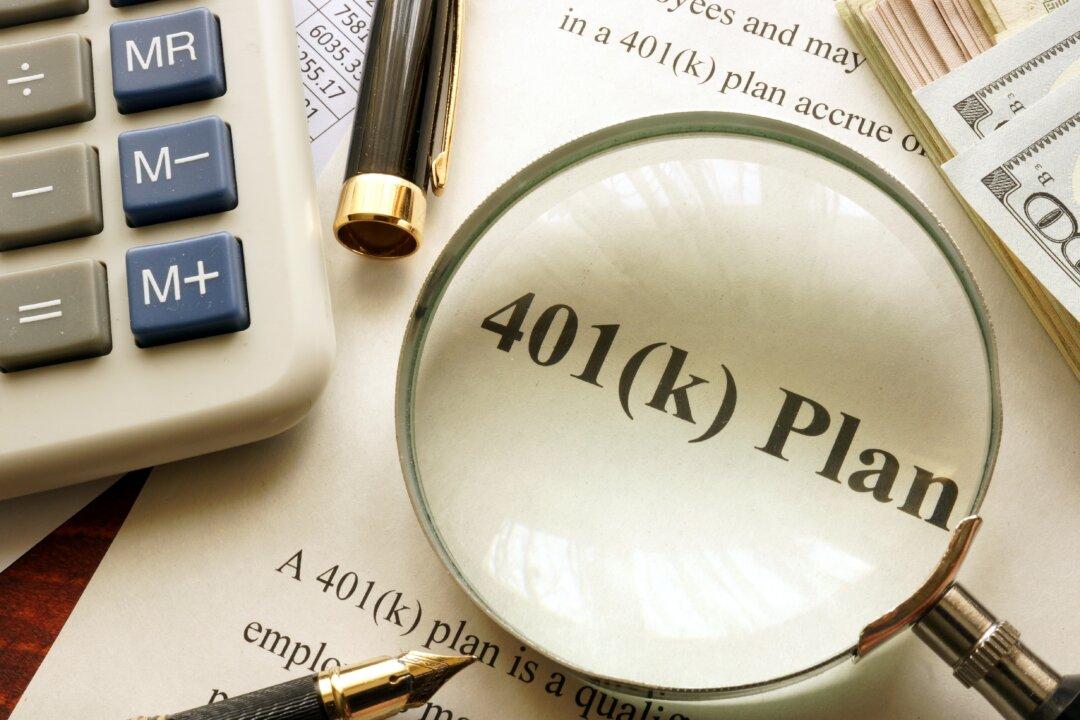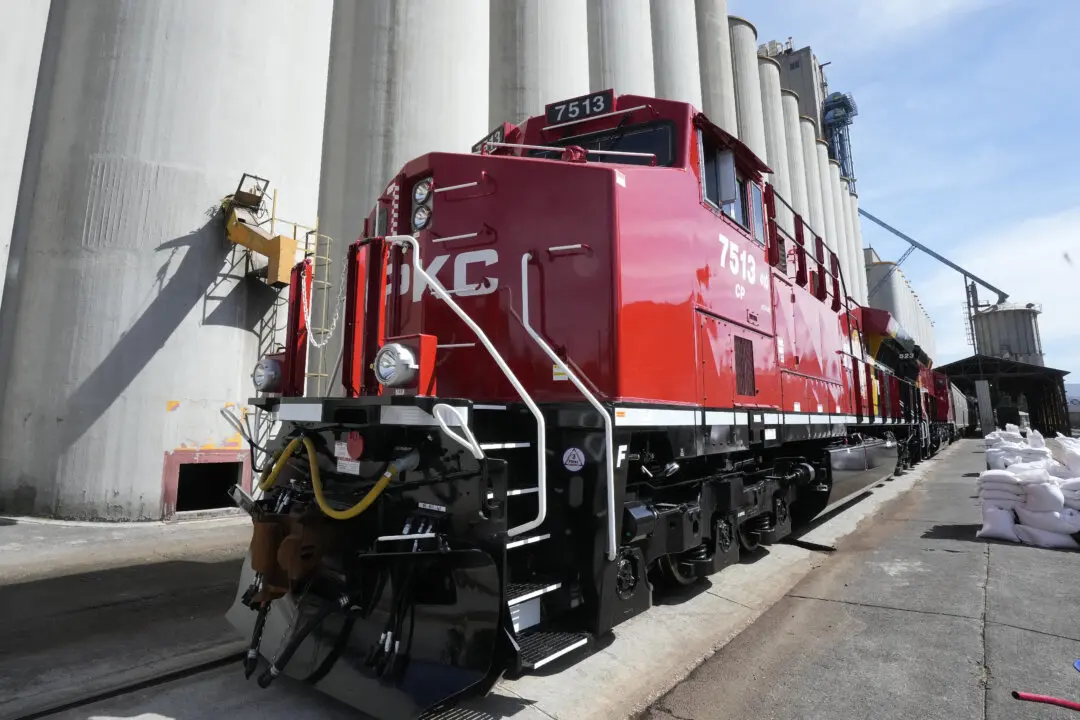The balances of 401(k) retirement accounts have declined in 2022, with the share of participants who are making “hardship withdrawals” hitting a “new high,” according to a recent report by investment firm Vanguard.
“In 2022, the average account balance for Vanguard participants was $112,572; the median balance was $27,376. Vanguard participants’ average account balances decreased by 20 percent since year-end 2021,” Vanguard’s “How America Saves 2023” report (pdf) said. Last year’s average and median account balances were the lowest in three years. Many participants also withdrew from their 401(k) accounts early, with hardship withdrawal activity in 2022 rising higher than anytime previously.





